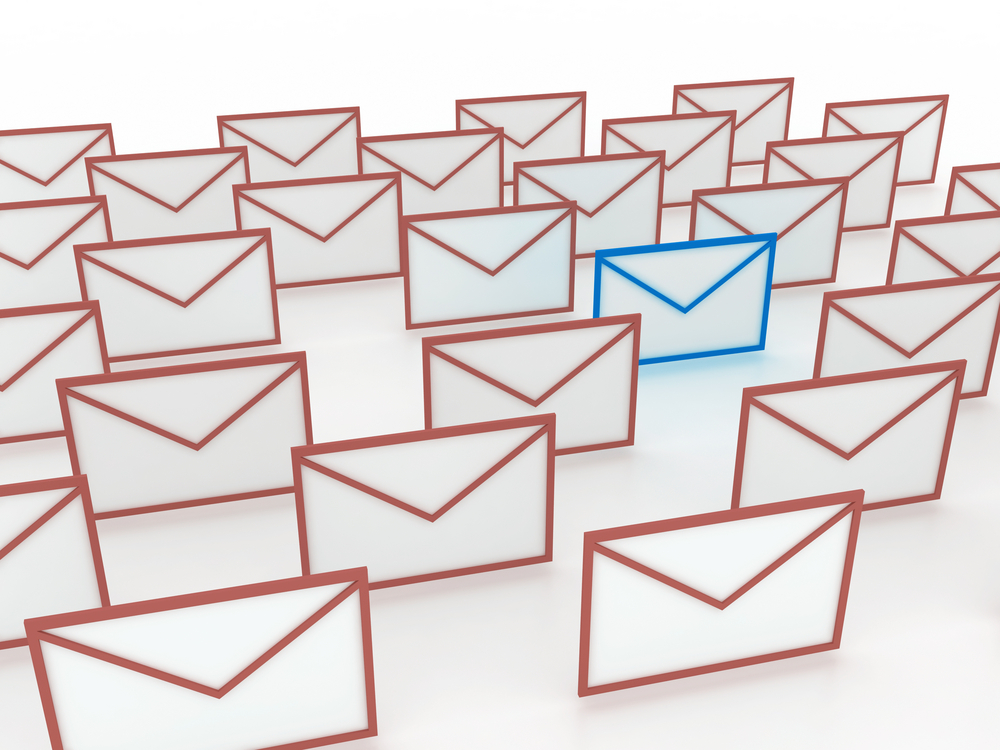Email marketing is tried and true – 48 percent of marketers say email marketing is not only the most effective tool for lead generation, but also one of the easiest to execute, according to a new report from Ascend2. But the challenge for marketers is finding the right balance to keep audiences interested, without flooding their inboxes.
When it comes to striking the ideal send schedule without overwhelming audiences, ReturnPath’s Frequency Matters report says the frequency of email sends should depend on your audience’s engagement rates.
Here are some common mistakes to avoid:
Overmailing and annoying readers
If you’re too aggressive with your email send schedule, you’re likely to see:
-
More total complaints
-
Higher unsubscribe rate
This means your recipients aren’t finding your messages useful, and the investment you’re putting into them isn’t paying off. If you’re seeing negative responses and high unsubscribe rates, slow down your send frequency. You want to nurture interest in your products and services, but don’t be aggressive to the point that people find your messages annoying.
Undermailing can mean missed opportunities
If you’re not sending messages frequently enough, you might be suffering from:
-
Missed potential revenue
-
Lack of inbox presence
To nurture interest and generate new leads, you need to be consistent enough to hold your audience’s interest. Consistent email sends keep you on the top of recipients’ minds and inboxes as they move toward making a purchase decision.
3 things to remember when sending marketing emails:
-
Mobile: Email the most common activity people do on their phones (even passing making calls), and mobile email clicks are 2x more valuable than desktop clicks.
We previously reported mobile email conversions increased 70 percent between 2014 and 2015, while the conversion rate for desktops dropped 4 percent. When you’re creating messages – think first and foremost about how it will look from a mobile device – and tweak the message’s copy to appeal to an audience on the go.
-
Personalization: Personalized email messages – with names and copy catered to a specific demographic – can increase the revenue per message six times according to Experian. Segmenting your database and creating custom messages for each group can take more time up front, but custom content that speaks to a specific audience will have a better impact than a generic message to the masses.
-
Timing: Sending an email when your audience is engaged can be the make-or-break factor for a campaign. Data from MailChimp suggests the best time to send an email message is 10 a.m. – but that can vary depending on both your audience and your industry. Retail and ecommerce sites – for example – tend to have better response rates when emails are sent on weekends.
Beyond the email, think about what you’re trying to promote. A recent Formstack report showed that event registrations get the most signups on Wednesday mornings, where contests are most likely to be filled out[fare best] on Thursday nights. When you’re setting up an email campaign, think about what you’d like the end goal to be – and when your audience would be most likely to complete that goal. Then, you can schedule your email send to optimize for both time frames.
Interested in more email marketing and lead generation tips? Check out these resources:





